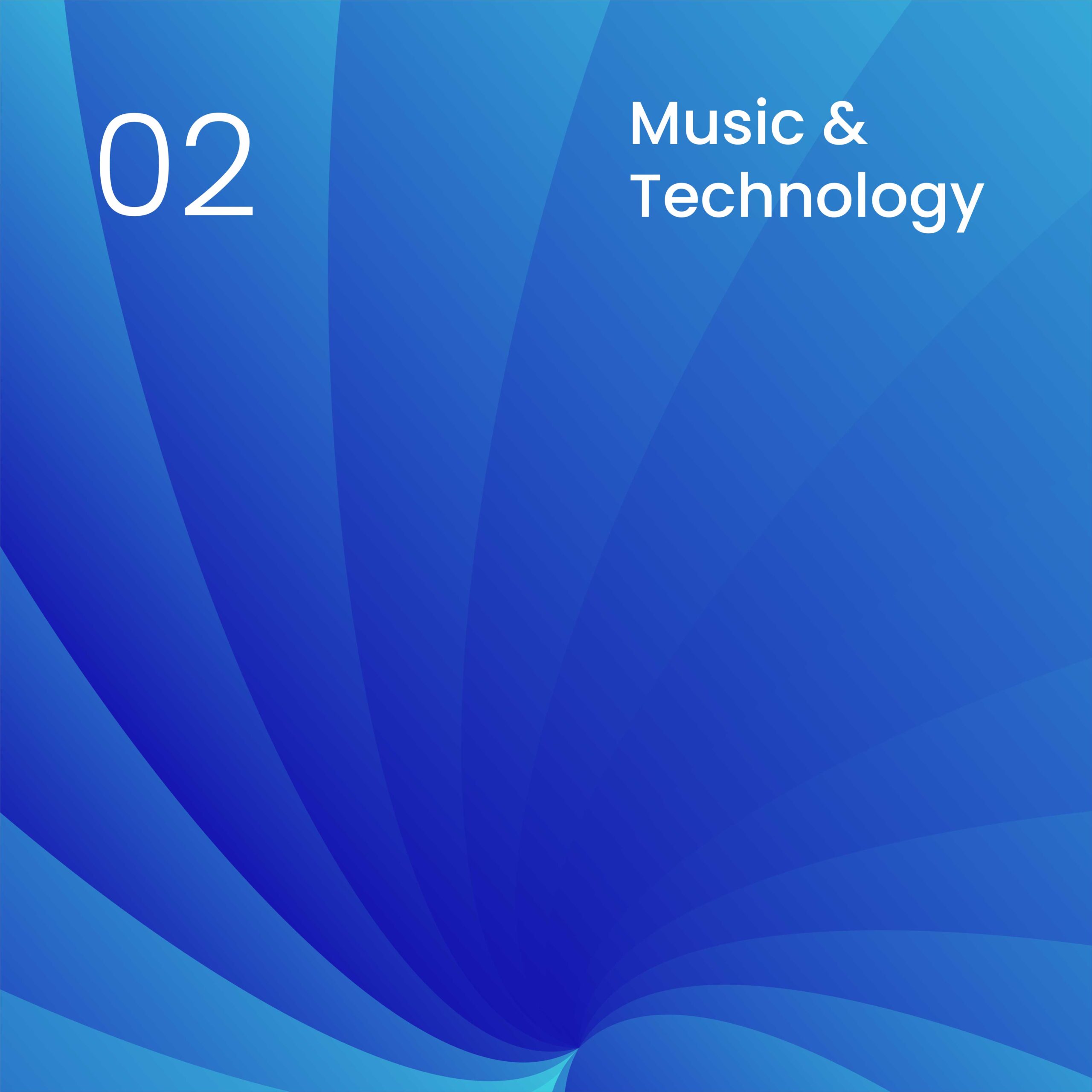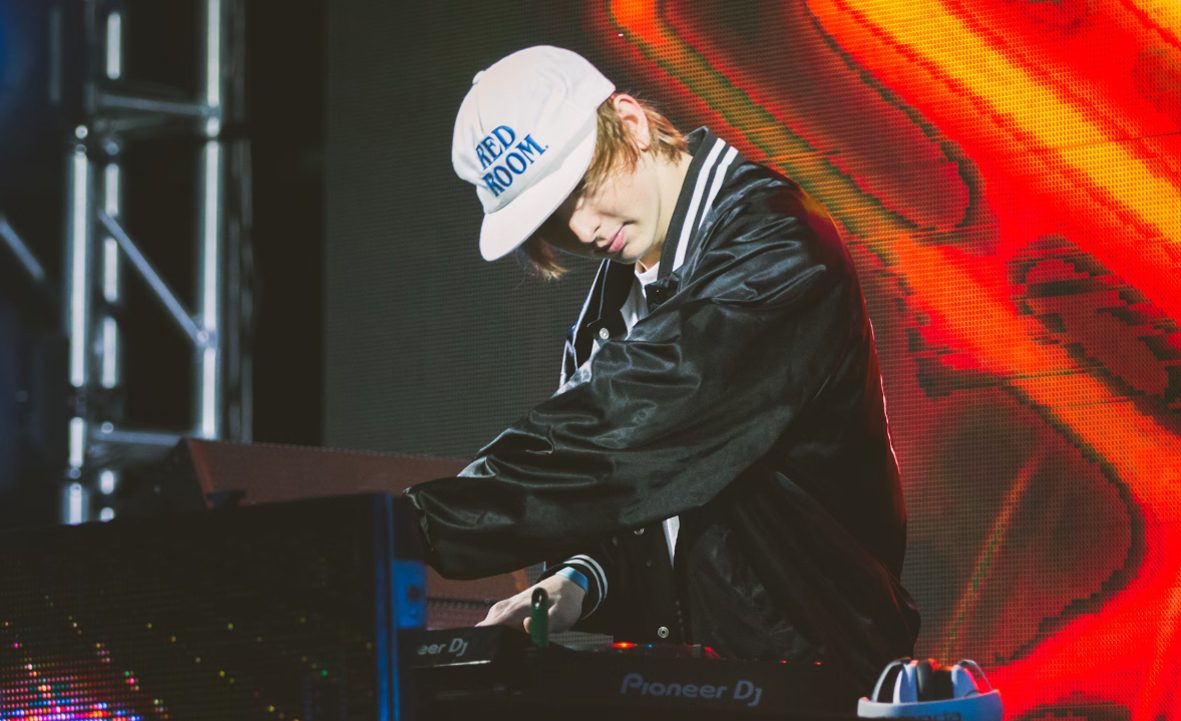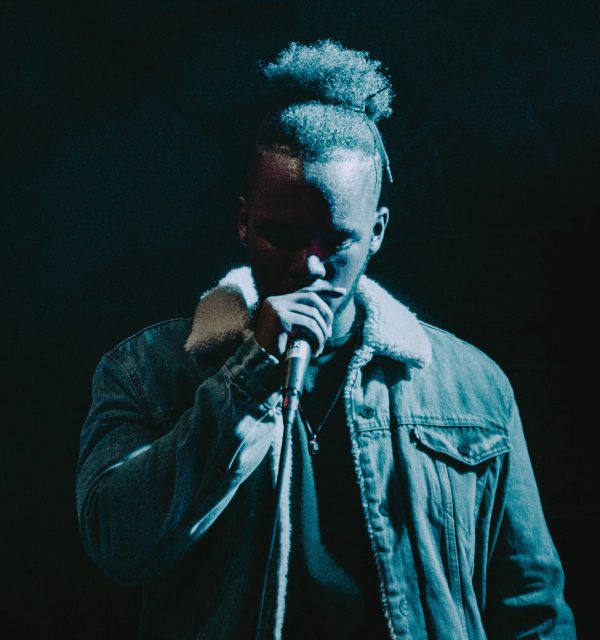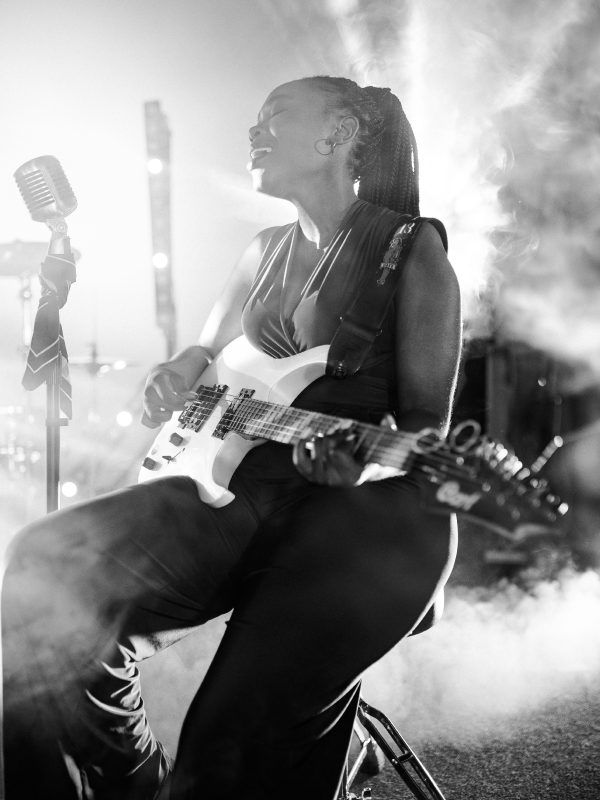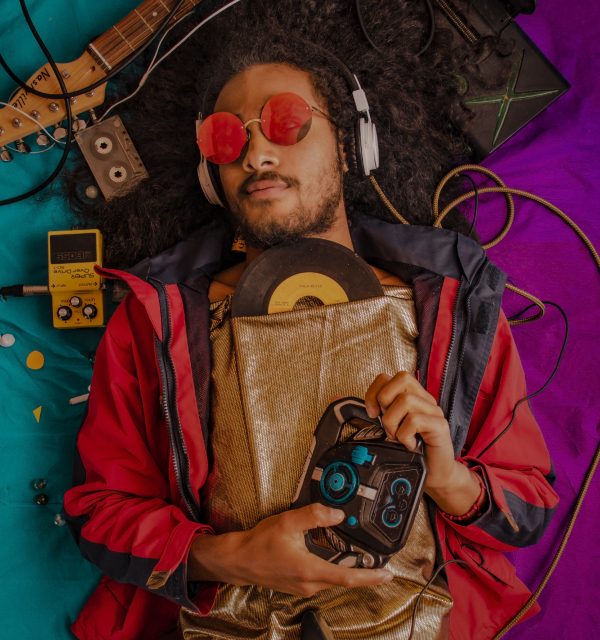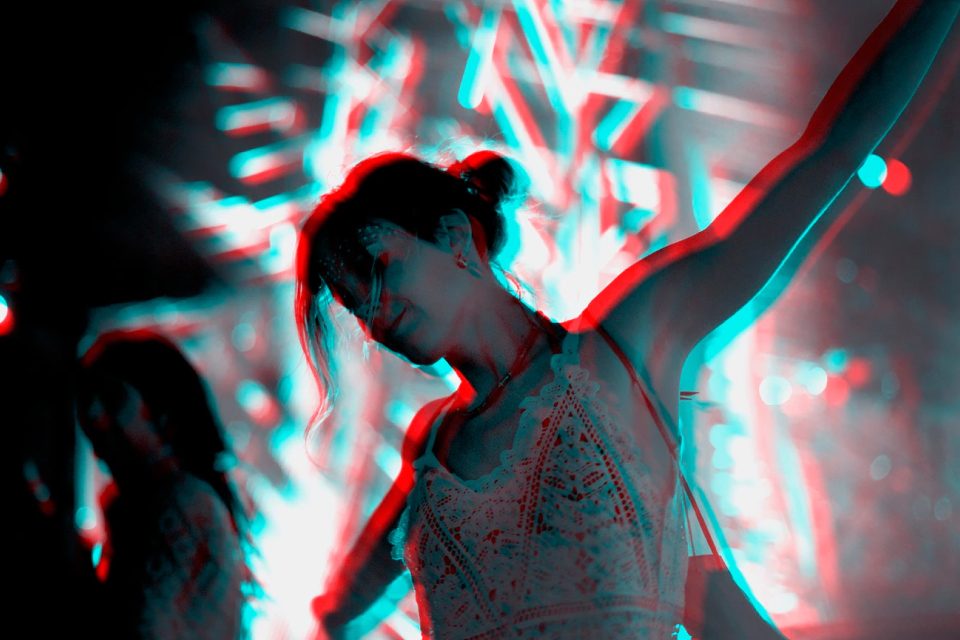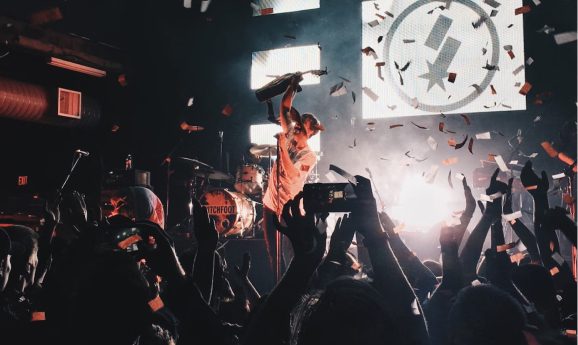Hitting the Right Note with AI-Generated Music
Artificial Intelligence (AI) has transformed nearly every industry, and the world of music is no exception. From composing symphonies to generating chart-topping hits, AI is redefining how music is created, performed, and consumed. This technological revolution is opening doors for new possibilities while also sparking debates about the role of human creativity in an increasingly automated world. For a country like India, with its diverse musical heritage and thriving contemporary music scene, AI offers a fascinating intersection of tradition and innovation.
AI-generated music isn’t as futuristic as it sounds; its roots trace back several decades. Early experiments with algorithmic composition began in the 1950s, where mathematicians and computer scientists created basic musical patterns using simple programs. These early forays laid the groundwork for today’s sophisticated AI tools capable of composing complex pieces, mimicking styles of renowned artists, and even creating entirely new genres.
One of the most exciting aspects of AI in music is its ability to democratize creativity. Tools like OpenAI’s MuseNet or Google’s Magenta can compose original melodies by analyzing vast datasets of musical works. Users with little to no musical training can now generate orchestral scores, jazz improvisations, or electronic beats with just a few clicks. For independent artists in India and beyond, this technology offers an affordable way to experiment with new sounds and styles, breaking down barriers traditionally associated with music production.
AI’s potential extends beyond composition. In India, Bollywood has long been the heartbeat of the nation’s music industry, with its songs dominating playlists and radio waves. AI is now being used to enhance music production for film scores, generating background music that adapts to the mood and pace of a scene. This technology saves time and allows composers to focus on fine-tuning the emotional impact of their work. Platforms like Jukedeck and Amper Music enable filmmakers and content creators to generate royalty-free tracks tailored to their needs, making high-quality music more accessible to smaller productions.
AI also plays a significant role in revitalizing traditional music. India’s classical music, with its intricate ragas and talas, has been passed down through oral traditions for centuries. AI tools can analyze and preserve these complex patterns, ensuring they are not lost to time. Algorithms can also suggest new ways to combine ragas or create variations, allowing contemporary artists to innovate while respecting tradition. For instance, AI-powered apps are helping students learn classical music by providing real-time feedback on their performances, bridging the gap between gurus and technology.
Globally, AI-generated music has sparked collaborations between humans and machines. Artists like Taryn Southern and Holly Herndon have used AI to co-create albums, blending human intuition with algorithmic precision. In India, similar experiments are beginning to emerge, with artists integrating AI-generated compositions into electronic music and fusion genres. This hybrid approach often produces results that neither humans nor machines could achieve alone, showcasing the creative potential of collaboration.
However, the rise of AI in music is not without controversy. Critics argue that music is inherently human, rooted in emotion, experience, and cultural context—qualities an algorithm cannot replicate. While AI can generate technically flawless compositions, some worry it lacks the soul and authenticity that make music resonate deeply with listeners. This debate is particularly relevant in India, where music often carries profound spiritual and cultural significance, from the devotional hymns of temples to the folk songs of rural communities.
The ethical implications of AI-generated music are another point of contention. Algorithms trained on copyrighted works raise questions about intellectual property and ownership. Who owns a piece of music created by AI? The user who pressed the button, the developers who trained the algorithm, or the artists whose work was used as training data? These issues are yet to be fully resolved and will require careful consideration as AI continues to evolve.
Despite these challenges, the integration of AI in music also offers opportunities for inclusivity and innovation. For instance, AI-generated music has the potential to make composition accessible to people with disabilities or those without formal training. It also allows artists to push creative boundaries, exploring styles and structures they might not have considered otherwise. In India, where regional languages and musical traditions are thriving alongside contemporary genres, AI could serve as a bridge, blending diverse influences to create something entirely new.
AI is also reshaping how we experience music as listeners. Streaming platforms like Spotify and Gaana use AI to recommend songs based on listening habits, creating personalized soundtracks for millions of users. These algorithms not only enhance user experience but also help lesser-known artists find their audience, leveling the playing field in an industry often dominated by big names. In India, where regional music is gaining popularity, AI-driven recommendations are helping introduce audiences to folk and indie artists who might otherwise remain undiscovered.
The future of AI-generated music is as exciting as it is uncertain. As technology advances, we may see AI take on more sophisticated roles, from real-time improvisation during live performances to composing operas that respond to audience emotions. For India, a country where tradition and modernity coexist, the possibilities are endless. Imagine AI reimagining classical ragas for EDM festivals or composing soundscapes for Bollywood films that seamlessly blend Indian folk with futuristic beats.
At its core, music is about connection—between the artist and the listener, the past and the present, the local and the global. AI has the potential to enhance these connections, offering new ways to create, share, and experience music. While it may never replace the human touch, AI is undoubtedly hitting the right notes in reshaping the landscape of music creation and consumption. For artists and audiences alike, the harmony between tradition and technology is a melody worth exploring.
